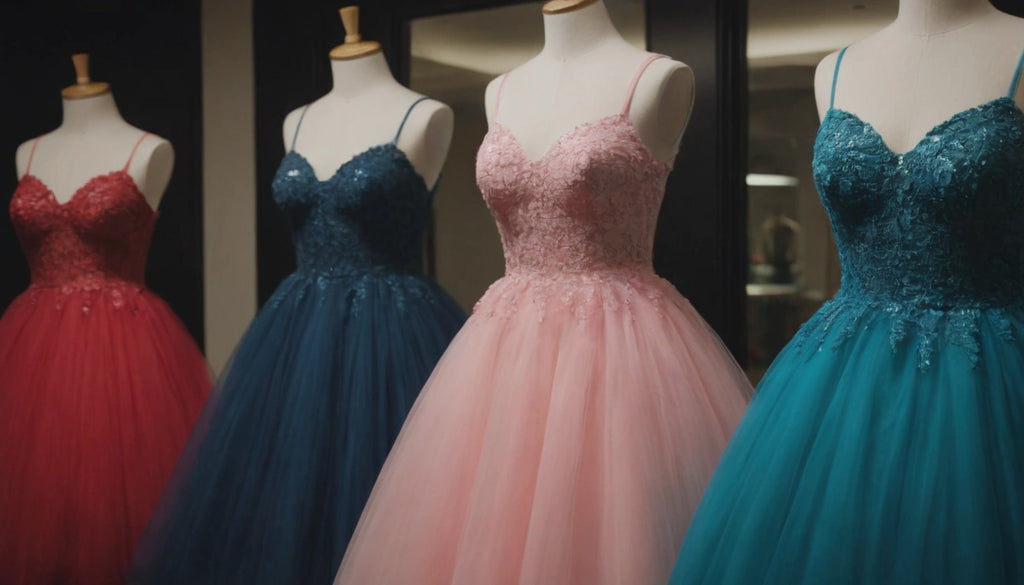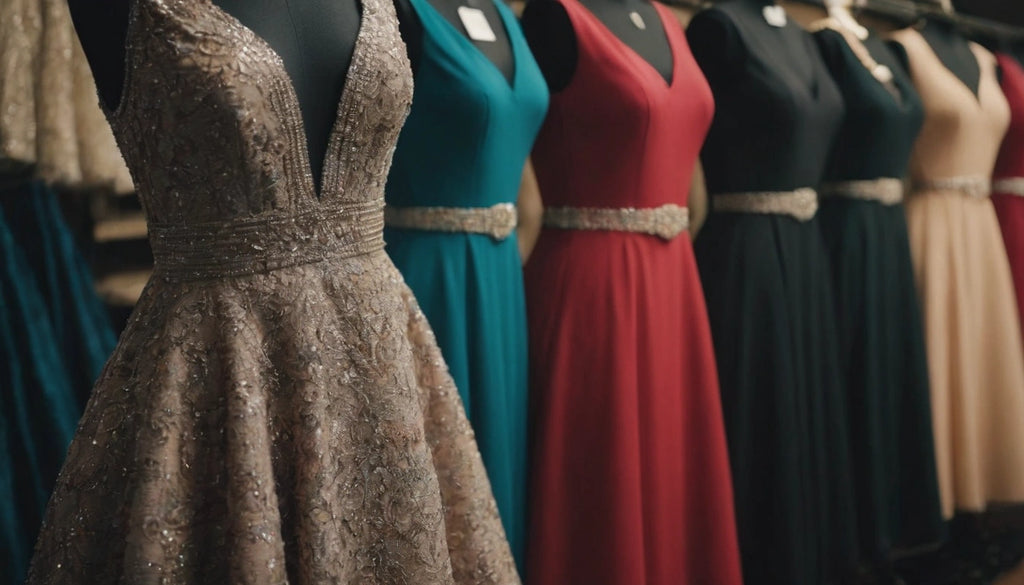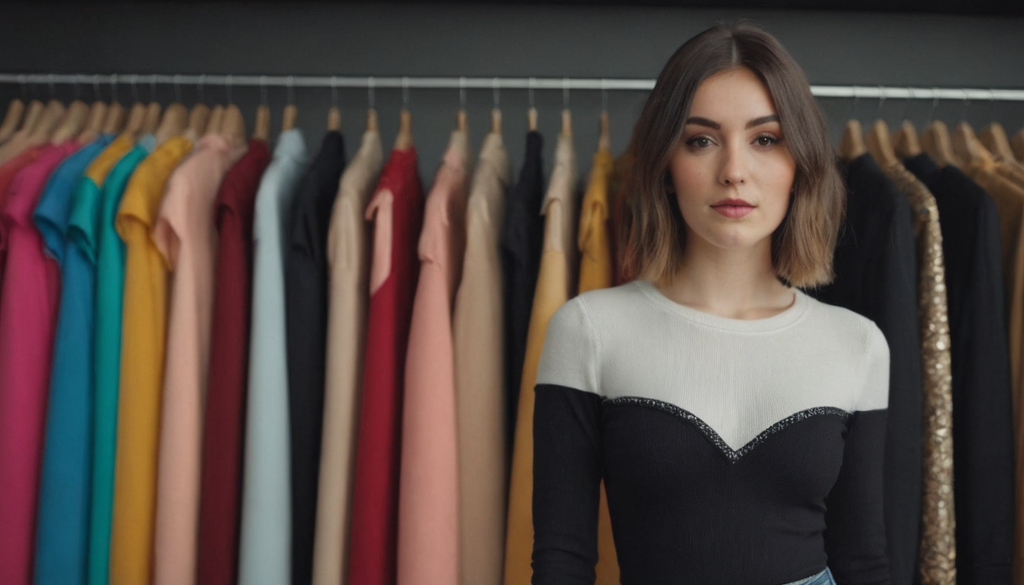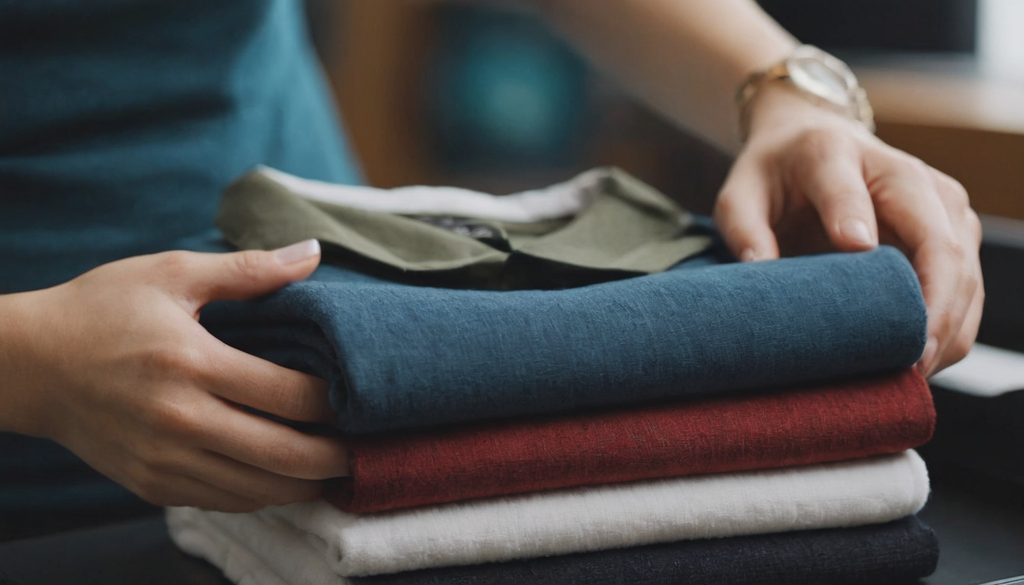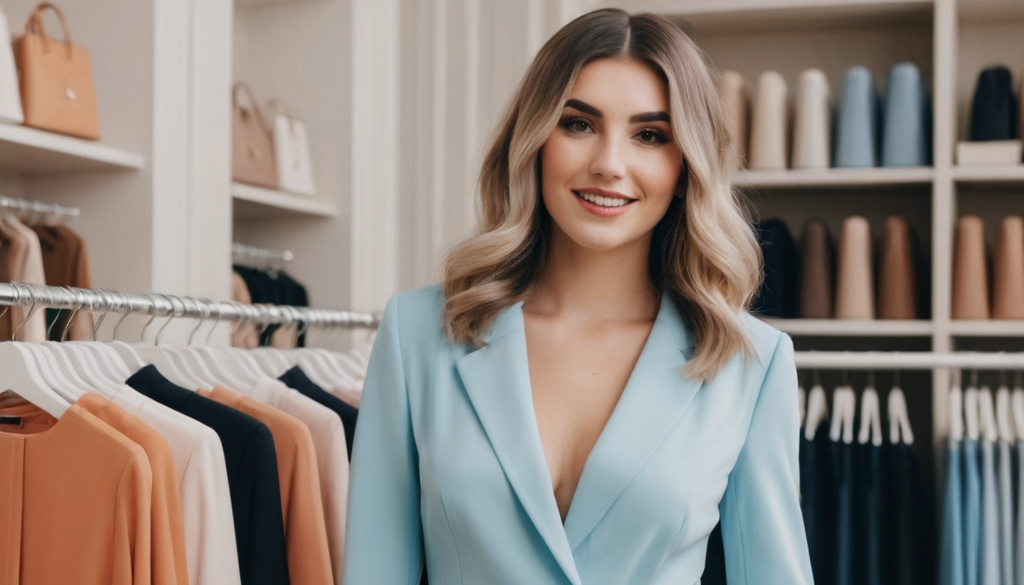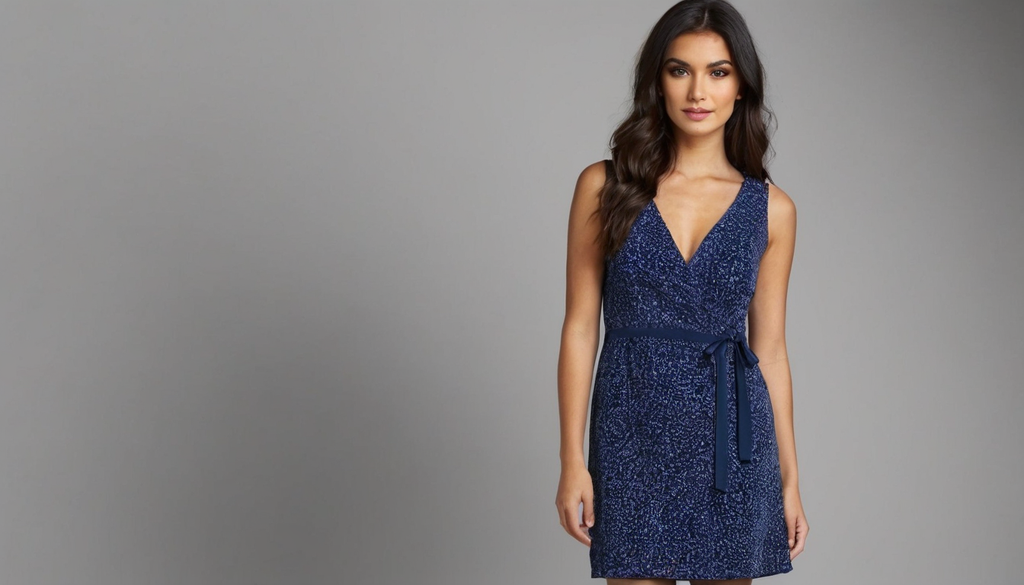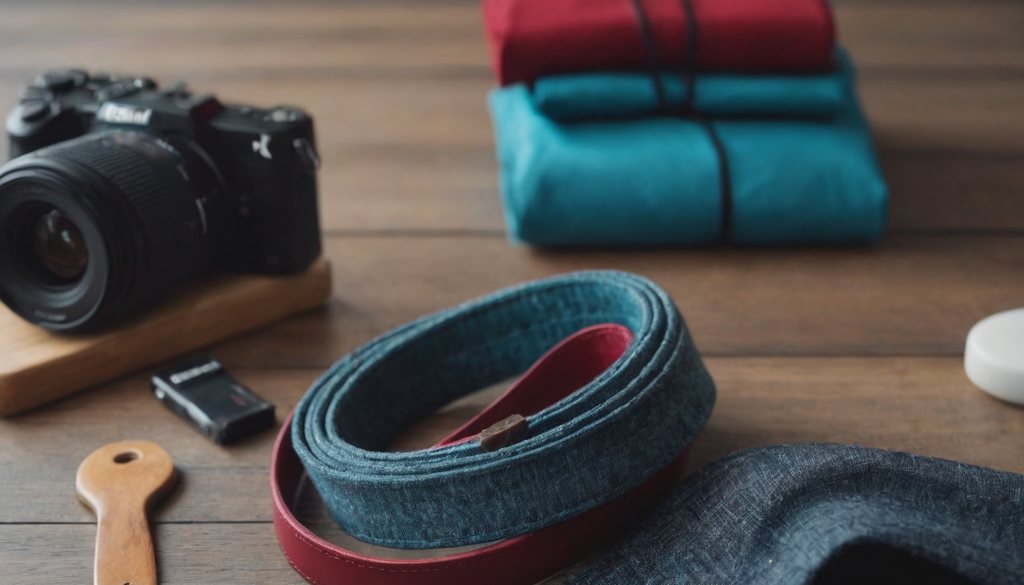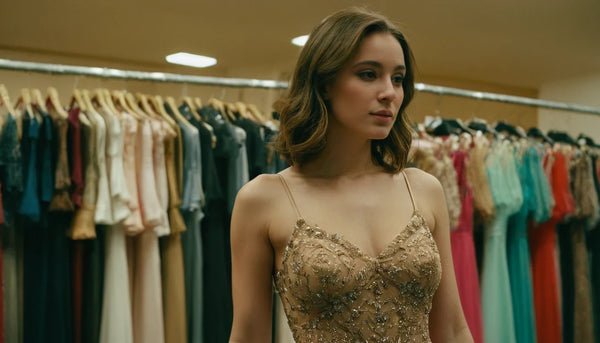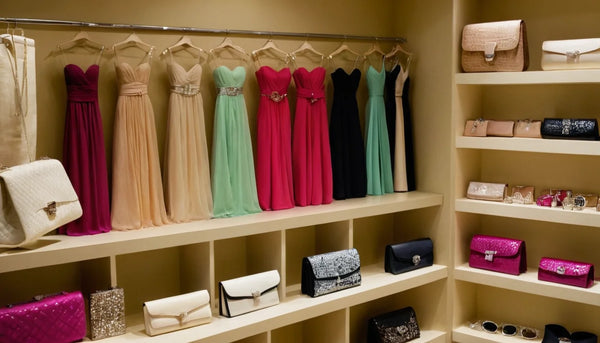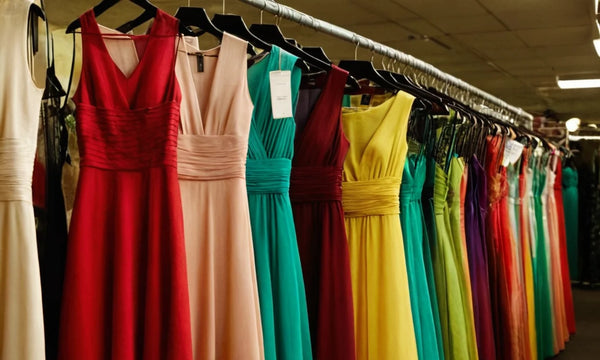The wholesale fashion industry is now in a very deep period of change with the new technologies and trends that are changing the way retailers and fashion brands operate. In fashion, where everything is moving fast, you have to be the first to be in the lead. With the 2024 and beyond periods in mind, let's see how the developments such as AI, virtual reality, and blockchain are changing the wholesale clothing market and what will be the trends of the fashion.

Embracing Digital Platforms
Probably, the most outstanding innovation in the wholesale fashion industry is the online platform expansion. These digital showrooms enable the retailers to see and order inventory from any part of the world, thus making the buying process faster and easier and the discovery of new brands and trends more convenient.
| Platform | Features |
|---|---|
| JOOR | Virtual showrooms, data analytics, inventory management |
| NuOrder | Customizable digital catalogs, real-time updates, integration with existing systems |
| Brandboom | Personalized linesheets, order tracking, payment processing |
With the advancement of technology, it is not surprising that we will soon have more innovative platforms that will make the integration of different technologies and applications, the efficiency of the system, and the personalization of the services for buyers and sellers even better.

Sustainable and Ethical Fashion
The other main trend that is going to determine the future of wholesale is the increasing need for the sustainable and ethical fashion. The consumers are now more and more eco-minded and they are looking for the brands that put environmental friendly practices and fair labor standards in the first place. In response, many fashion brands are embracing sustainable fabrics and production methods, such as: In response, many fashion brands are embracing sustainable fabrics and production methods, such as:
- With the help of organic cotton, hemp, and the recycled materials.
- Implementing zero-waste manufacturing processes
- Collaborating with the fair trade artisans and factories is one of the examples.
- Either repair or recycle the used garments.
To be on the same level with the future, the wholesalers will have to modify their products to the ones that are more sustainable and also prove their ethical behavior.

Leveraging AI and Data Analytics
Artificial intelligence (AI) and data analytics are the agents that are changing the way fashion brands and retailers make their choices. By analyzing vast amounts of data on consumer preferences, sales trends, and inventory levels, AI-powered tools can help wholesalers:By analyzing vast amounts of data on consumer preferences, sales trends, and inventory levels, AI-powered tools can help wholesalers:
- Forecast the demand and then manage the inventory in the best possible way.
- Individualize the product suggestions for the customers.
- Discover the new trends and styles.
- Simplify the supply chain and cut down on the waste.
For instance, companies like Stylumia makes use of AI to give instant information on the market trends and consumer behavior so that the wholesalers can make data-based decisions and be ahead of the competition.

Virtual and Augmented Reality
VR/AR technologies are changing the way fashion brands and retailers present their products. Through VR showrooms, buyers can go through the collections and place orders without needing to go to the office. AR tools let the customers to virtually try on the clothes and accessories, thus, the physical samples and returns are not needed.
- Some exciting applications of VR/AR in wholesale fashion include:Some exciting applications of VR/AR in wholesale fashion include:
- Virtual trade shows and fashion weeks are the new trends.
- The 3D product visualization and customization
- AR-enabled catalogs and linesheets
- Virtual fit technology for more precise measurements.
As these technologies become more common and advanced, you can expect a radical change in the way wholesale fashion is bought and sold.

The Rise of Direct-to-Consumer Brands
Wholesale still is an important means of distribution for many fashion companies, but the emergence of the direct-to-consumer (DTC) e-commerce is changing the traditional retail models. DTC brands can provide distinctive high-standard products at a lower price by removing the middleman and selling to the consumers online.
To stay relevant in this new landscape, wholesalers will need to:To stay relevant in this new landscape, wholesalers will need to:
- Make their products stand out by the use of exclusive products and collaborations.
- To be the best retail partner through provision of outstanding customer service and support.
- Comprehend the power of digital marketing and storytelling to create a brand image and a community of loyal customers.
- The company should provide the option of payment in installments and the minimum order quantity should be low so that the small boutiques and independent retailers are attracted.
Through the adjustment to the altering requirements of both brands and consumers, wholesalers can still survive in the DTC era.

What will be the future of fashion retailing?
The future of fashion retail will be greatly different in the digital age. The level of e-commerce is going up and at the same time, the preferences of the consumers are changing so the retailers must adopt new technologies and strategies to be in the race. Some key trends shaping the future of fashion retail include:Some key trends shaping the future of fashion retail include:
- Omnichannel Integration: The success of the combination of the online and offline channels will largely depend on the smooth flow between them, which will enable customers to shop in any way they like.
- Personalization: AI-driven recommendations, personalized sizes, and custom experiences will assist retailers in developing stronger relations with their clients.
- Sustainable and Ethical Fashion: With the increasing awareness of the environment among the consumers, the retailers will have to put the sustainable fabrics, ethical manufacturing, and circular fashion models on the top of their agenda.
- Experiential Retail: Bricks and mortar stores will concentrate on the production of the immersive, captivating events which cannot be copied online, for instance, the interactive displays and the exclusive events.
- Social Commerce: The retailers are going to use social media platforms more and more to reach the younger audience and increase their sales through the influencer partnerships and shoppable content.
In order to remain at the edge of these changes, fashion retailers have to be flexible, creative, and customer-oriented. The retailers who adopt the new technologies and adjust to the changing consumer preferences, will not only survive but also will be successful in the future of fashion retail.

What is the future of fashion marketing?
The fashion marketing of the future is going to be all about using technology to make the campaigns more targeted, interesting, and measurable. The digital channels are still the ones that dominate and the consumer attention span is now very short, so the marketers have to look for new ways to be different and to build the authentic relationship with the audience. Some key trends shaping the future of fashion marketing include:Some key trends shaping the future of fashion marketing include:
- Influencer Marketing: The collaborations with the social media influencers and the micro-influencers will be more and more relevant for the companies that want to reach the digital-native consumers, who are the younger generation.
- Artificial Intelligence: AI-powered tools will make marketers to process enormous amount of data to optimize campaigns, personalize content, and predict trends.
- Augmented and Virtual Reality: AR and VR technologies will make it possible for people to have a full immersion, interactive experience. They will be able to virtually try on clothes and also explore the brand stories in a new way.
- Video Content: Short-form video platforms such as TikTok and Instagram Reels will keep on developing and becoming more and more popular, thus, giving new chances for creative, engaging fashion content.
- Purpose-Driven Marketing: When the consumers are more value-driven, the fashion brands will have to show their dedication to sustainability, diversity, and social responsibility.
In order to be the leader in the future of fashion marketing, brands should be ready to play with new technologies and platforms and at the same time be true to their core values and aesthetic. The realization of the real, vital content and experiences that will appeal to their target audience will help fashion marketers to establish the long-term friendships and to drive the long-term growth.

What will happen to the fashion industry in the future?
The fashion business is on the brink of a major shift in the next few years, propelled by the combination of technological, social, and environmental factors. Some key trends and challenges shaping the future of the industry include:Some key trends and challenges shaping the future of the industry include:
- Sustainability and Circularity: The industry will have to move from the current materials and production methods to the ones that are more environmentally friendly, as the climate change and the waste problems become more and more serious.
- Digitalization and Automation: Technologies such as 3D design, AI, and robotics will change the way clothes are designed, made, and sold, thus, making the processes faster and more efficient.
- Changing Consumer Preferences: The growth of the conscious consumerism, rental and resale models, and personalization will make fashion brands to change their products and value propositions.
- Supply Chain Transparency: The raise of the demand for the transparency and traceability will force the fashion companies to implement the blockchain and other technologies in order to guarantee the ethical and sustainable practices of their supply chains.
- Inclusivity and Diversity: The industry will be still under the pressure to become more inclusive and representative, both in its products and its workers.
To cope with the changes and be still on the fashion road, fashion companies have to be ready to innovate, to collaborate, and to adapt. Through the adoption of sustainable practices, the use of technology, and the customer-focus approach in their strategies, fashion brands will not only survive but will also thrive in the midst of the tough and the plentiful times.

What is the future of fashion business?
The fashion industry of the future is going to be influenced by the technological innovations, consumer values, and global economic changes. To stay competitive in this rapidly evolving landscape, fashion companies will need to:To stay competitive in this rapidly evolving landscape, fashion companies will need to:
- Embrace Digital Transformation: The importance of e-commerce, data analytics and supply chain digitization, as the tools to streamline operations, increase efficiency and provide the customers with the best service, is undeniable.
- Prioritize Sustainability: Clients who are more Green and socially-aware will force fashion companies to use the sustainable materials, production methods and circular business models to meet their changing needs.
- Foster Innovation and Agility: In order to be in line with the current developments and consumer's tastes, fashion companies should create a climate of innovation, trial and error, and constant learning.
- Collaborate and Co-Create: By working with the suppliers, technology providers, and even competitors, the companies will be able to innovate, cut down the costs, and create the shared value.
- Develop New Skills and Talent: With the industry being more technology based and environment friendly, fashion businesses will have to recruit and train people with skills in fields like data science, 3D design and environmental management.
Through the application of these methods fashion companies can keep themselves in the picture and know what the customers want and value, thus they will be able to succeed in the long run. The fashion of the future will be in the hands of those companies that will be able to merge creativity, technology and purpose to bring out products and experiences that are not only beautiful but also responsible and meaningful.

What will fashion be like in the future?
The fashion industry of the future will be formed by a mix of technological, social, and environmental trends. These trends will change the way we design, produce, and consume clothes. Some key features of fashion in the future may include:Some key features of fashion in the future may include:
- Sustainability and Circularity: Fashion will be more and more centered on the sustainable materials, production methods, and circular business models like rental and resale which will help to minimize the waste and the environmental impact.
- Personalization and Customization: Progress in 3D printing, AI, and body scanning will make the brands to supply very personalized products and services that will be adapted to individual preferences and body types.
- Smart and Connected Clothing: The connection of sensors, biometrics, and other technologies to the garments will lead to the new ways of health monitoring, performance improvement, and interactive experiences.
- Virtual and Augmented Reality: The AR and VR technologies will make the consumers to try on clothes virtually, to attend the immersive fashion shows and to be in touch with the brands in a new and exciting way.
- Inclusive and Diverse Fashion: The industry will be more open and will have more people of different sizes, styles, and gender expressions, who will be able to fulfill the needs and identities of the consumers.
- Slow and Timeless Fashion: The reply to the environmental and social expenses of fast fashion will be the increase in the attention to the quality, durability, and timeless design that goes beyond the short-term trends.
These trends imply that the future of fashion will be more environmentally friendly, techno-savvy, and will pay more attention to the needs and values of the people all over the world. Hence, with the new trends if the fashion industry keeps on innovating and adjusting to the new environment it can not only not die but will live and prosper in the face of the unprecedented challenges and opportunities.

What is the future of the fashion industry?
The fashion industry of the future is going to be very different, with the way fashion is designed, produced, and consumed being completely transformed by a set of disruptive forces. To navigate this changing landscape, the industry will need to adapt to key trends such as:To navigate this changing landscape, the industry will need to adapt to key trends such as:
- Digitalization: The implementation of the digital technologies such as 3D design, AI, and automation will re-shape the fashion value chain, thus, speeding up, making it more efficient and saving the environment.
- Sustainability: The consumer, investor and regulator forces will push the industry to use sustainable materials, circular business models and transparent supply chains as a response to the environmental and social responsibility demands.
- Personalization: The development of data analytics, machine learning, and production technologies will enable brands to create products and experiences that are highly personalized and suited to the preferences of individual customers.
- Omnichannel Retail: The unification of online and offline channels will give birth to the new opportunities of the unified and integrated shopping experiences which will combine the best of both worlds.
- Globalization and Localization: Although the industry will go on being global, it is also going to have a big focus on local production, cultural authenticity, and regional preferences.
In this new era, in which fashion companies will have to be quick, creative and customer-oriented in order to be successful. They will have to develop new skills and technologies, work together through the whole value chain, and reconcile their strategies with the values and expectations of a new generation of consumers.
The future of the fashion industry will be determined by those who are ready to be the ones to create a more sustainable, inclusive, and digital fashion system. Through the acceptance of change and the overcoming of the upcoming difficulties, the industry will be able to discover new sources of value and growth and at the same time, make a positive impact on people and the planet.

How is fashion marketing changing?
Fashion marketing is going through a major transformation as a result of the fast development of technology, the change of consumer behavior and the increased attention on sustainability and social responsibility. Some of the key ways fashion marketing is evolving include:Some of the key ways fashion marketing is evolving include:
- Digital-First Strategies: As the e-commerce and social media are on the rise, the fashion brands are more and more directing their marketing activities to digital channels to be able to reach and interact with the consumers where they are mostly.
- Influencer Collaborations: The alliances with the social media influencers and the micro-influencers have become the focal point of the fashion marketing strategies, which enable the brands to reach the new audiences and to establish the real connections with the consumers.
- Experiential Marketing: Fashion brands are making a difference in the market by investing in the immersive, interactive experiences that combine the physical and digital worlds, for example, pop-up shops, virtual reality shows, and augmented reality filters.
- Data-Driven Personalization: Recent developments in data analytics and machine learning techniques have made it possible for fashion marketers to produce the most accurate, personalized, and individualized content and recommendations which are based on the individual preferences and behaviors of customers.
- Purpose-Driven Messaging: With the rise of consumers who are more concerned with the values, fashion brands are now using the social and environmental issues in their marketing to gain the brand loyalty and to stand out from other competitors.
- User-Generated Content: The fashion marketers are using the user-generated content, like the customer photos and reviews, to make a real, genuine and interesting content that will appeal to the consumers and make them participate.
In order to be on the top, the fashion marketers should be very flexible, data oriented, and customer focused. They have to permanently look for new technologies and platforms and at the same time they should not lose their brand values and visual standards. Through the acceptance of the change and the customer being in the middle of their strategies, fashion marketers can form long-term relations and boost the growth in the world of increasing complexity and competition.

Is fashion a growing market?
Definitely, fashion is a booming industry with global sales of clothes expected to hit the $2. 25 trillion by 2025, an increase of $ 1. 78 trillion in 2020 (Statista, 2021). The industry's growth is being driven by a range of factors, including:The industry's growth is being driven by a range of factors, including:
- Rising Disposable Incomes: The higher the incomes in the emerging markets such as China and India, the more consumers can pay for stylish clothes and accessories, and this in turn stimulates the demand for both the local and the international brands.
- Urbanization: The fast development of cities in the whole world is establishing new fashion centers and broadening the market of fashion products, mainly in the affordable luxury and fast fashion sectors.
- E-Commerce Expansion: The pandemic has been the reason of the speed-up of the transition to the online shopping, with e-commerce expected to be the 30% of the global fashion market by 2025 (McKinsey & Company, 2021).
- Premiumization: The customers are now more than ever ready to spend more on the high-quality, sustainable, and ethically-produced fashion products which are in turn making the premium and luxury segments of the market to grow.
- Personalization and Customization: The progress of technology allows the brands to give their customers the products and experiences they want, which in turn, is a chance of growth and differentiation.
Nevertheless, the fashion industry has to cope with a lot of problems such as the growing competition, the shifting consumer preferences, and the rising demand to deal with sustainability and social responsibility issues. To be the leader in this vibrant market, fashion companies need to be creative, adaptable, and aware of the changing needs and values of the consumers.
Through the digital revolution, concentrating on sustainability, and providing customers with the best service, fashion brands can seize the future growth chances and at the same time, do some good to people and the environment.

How can you use competitive intelligence to stay ahead in the fashion industry?
Competitive intelligence is a necessary thing to have in the fashion industry because of its fast-pace and constant changes. Through the acquisition and processing of data on the competitors, market tendencies and consumer demands, fashion companies can get useful information that will be used in the development of their strategies and decision-making. Some key ways to leverage competitive intelligence include:Some key ways to leverage competitive intelligence include:
- Monitoring Competitor Activity: Monitoring the competitors' product launches, pricing strategies, marketing campaigns, and partnerships can be very useful in revealing their strong and weak points as well as the possible risks for your business.
- Analyzing Market Trends: Observing the emerging trends in fashion, technology, and consumer behavior carefully, you can discover new chances for the innovation and the growth of your business, as well as the possible disruptions to your business model.
- Gathering Consumer Insights: The studies of the markets, the social media conversations, and the monitoring of the customer feedbacks can tell you the things that the customers want, the things that they have problems with, and the things that they do not have but would like to. Then you can use these information for the improvement of your products and services.
- Benchmarking Performance: You should compare your brand's standing with that of your competitors in the aspect of sales, market share, customer satisfaction and the other key metrics to find out the areas you should work on and set the realistic targets for your growth.
- Informing Strategic Decisions: The further development of the product, the pricing, the marketing, and the distribution can be already determined with the help of the competitive intelligence and so you can be already ahead of the competition in a crowded market.
For the fashion companies to benefit from competitive intelligence they have to have a system in place for the collection, analysis and sharing of data across the whole organization. This might be the case of spending on market research, data analytics and collaboration tools, as well as of the creation of the culture of curiosity and of the continuous learning.
Competitive intelligence should be integrated into the strategy of the fashion companies and be a part of their operations, thus they will be able to obtain a deeper knowledge of the market landscape, foresee and react to the changes faster, and finally will build a durable competitive advantage in the industry which is becoming more and more complicated and dynamic.

What are the best fashion trend forecasting services for staying ahead in the competitive fashion industry?
Fashion trend forecasting services are the main tools of a competitive fashion industry. These services give the fashion business the chance to know about the coming trends, consumer preferences, and market opportunities. Some of the best fashion trend forecasting services include:Some of the best fashion trend forecasting services include:
- WGSN: WGSN is the world's leading trend forecaster and analyst. It provides a wide range of services including fashion, beauty, interior, and more forecasting and analytics. Their platform is made up of trend reports, color forecasts, consumer insights, and design intelligence tools.
- Stylus: Stylus is a multifaceted trend intelligence service that covers fashion, beauty, retail, consumer lifestyle, and innovation. They present detailed reports, visual inspiration and strategic insights to assist the brands to be ahead of the game.
- Fashion Snoops: Fashion Snoops is a worldwide trend forecasting agency that is focused on fashion, home, and beauty. They deliver seasonal trend reports, color and material forecasts, and consulting services to help brands to move through the constantly changing fashion world.
- Trend Bible: Trend Bible is a UK company that is specialized in trend forecasting. It covers fashion, home, and interiors. They provide the trend reports, color forecasts, and the specialized consulting services to the brands so that they can predict and react to the new trends.
- Trendstop: Trendstop is a fashion trend forecasting agency that offers up-to-minute tips and analysis on runway shows, street style, and emerging designers. They offer the trend reports, color forecasts, and custom consulting to assist the brands to be the leaders in the fashion industry.
The choice of a fashion trend forecasting service depends on the factors such as the scope and depth of their coverage, the quality and relevance of their insights and the level of customization and support they are ready to offer. Besides, it is also vital to make sure that the service is in line with the specific needs and goals of your brand, whether that is to be ahead of the fast fashion trends or to have a long-term strategy for sustainable and ethical fashion.
Through the use of the information and the knowledge of these fashion trend forecasting services, fashion companies can be ahead of the other companies in the race in this very fast and confusing industry. The brands that are able to foresee and react to the forthcoming trends and consumer preferences, are the ones that will create products and experiences that will be embraced by the targeted audience and will lead to the long-term growth and success.

Is wholesale dead?
Wholesale is not dead, but it is under a huge strain and a great change, because of the consumers' behavior change, technological disruption, and new competition from direct-to-consumer brands. Though the wholesale still holds a great part in the fashion industry sales, many brands and retailers are changing their strategy in the wholesale in order to be in the same level and compete with the others. Some of the key challenges and opportunities facing wholesale include: Some of the key challenges and opportunities facing wholesale include:
Challenges:
- The decrease in the number of people walking in department stores and specialty retailers and the fact that the consumers are turning to the online shopping and value-driven retailers are the causes of the decline in foot traffic.
- The majors source of the problem of retail industry is the margins and profitability because the retailers want more discounts and allowances from the brands and the consumers want the promotions and markdowns.
- The competition from the direct-to-consumer brands which can offer the prices, the customization and the customer experience by cutting out the middleman.
- The transformation of the consumer preferences and desires, as the shoppers are increasingly paying attention to sustainability, transparency, and authenticity in the brands they support.
Opportunities:
- The use of technology and data analytics to enhance inventory management, demand forecasting and personalization, makes the wholesale partnerships more efficient and effective.
- The wholesale team should form a partnership with the retailers and create exclusive products, services, and promotions that will attract the customers and thus, increase the sales. This will also help in distinguishing the wholesale offering from the direct-to-consumer competitors.
The Bottom Line
The wholesale fashion industry faces a lot of new challenges and at the same time is very exciting, due to the technological progress and changing of the consumer preferences. The digital platforms emergence to the green and ethical products demand is a signal that fashion brands and retailers must innovate and act fast to be the leader in this industry.
By 2024 and beyond, the emphasis will be on the three things: sustainability, personalization, and the seamless integration of all channels. Wholesalers can benefit from the modern technologies like AI, VR, and blockchain to simplify the operations, cut down on waste and at the same time create more interesting experiences for buyers and consumers.
In the end, the future of wholesale fashion is in the hands of those who are ready to change the way things are and take risks and put the needs of their customers first. Through the constant monitoring of new trends and technologies, fashion brands and retailers will not only be able to survive but also to prosper in the fast-changing and developing fashion industry.
]]>